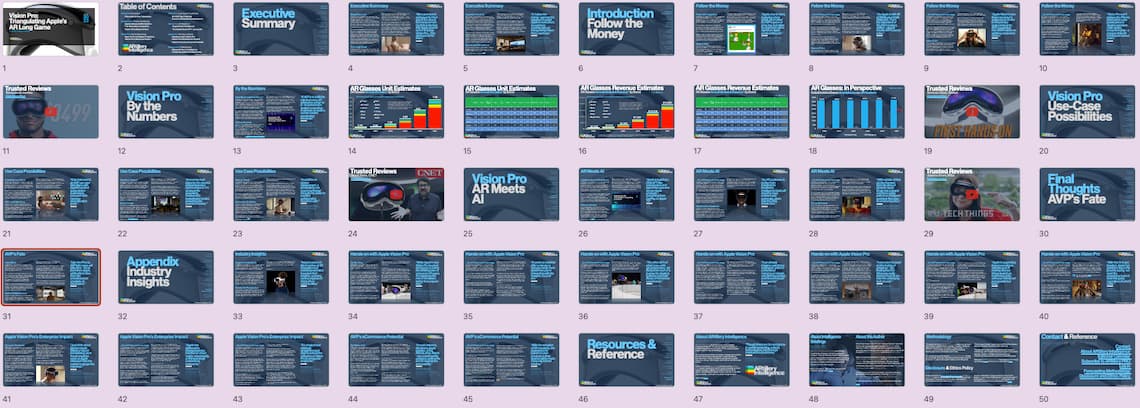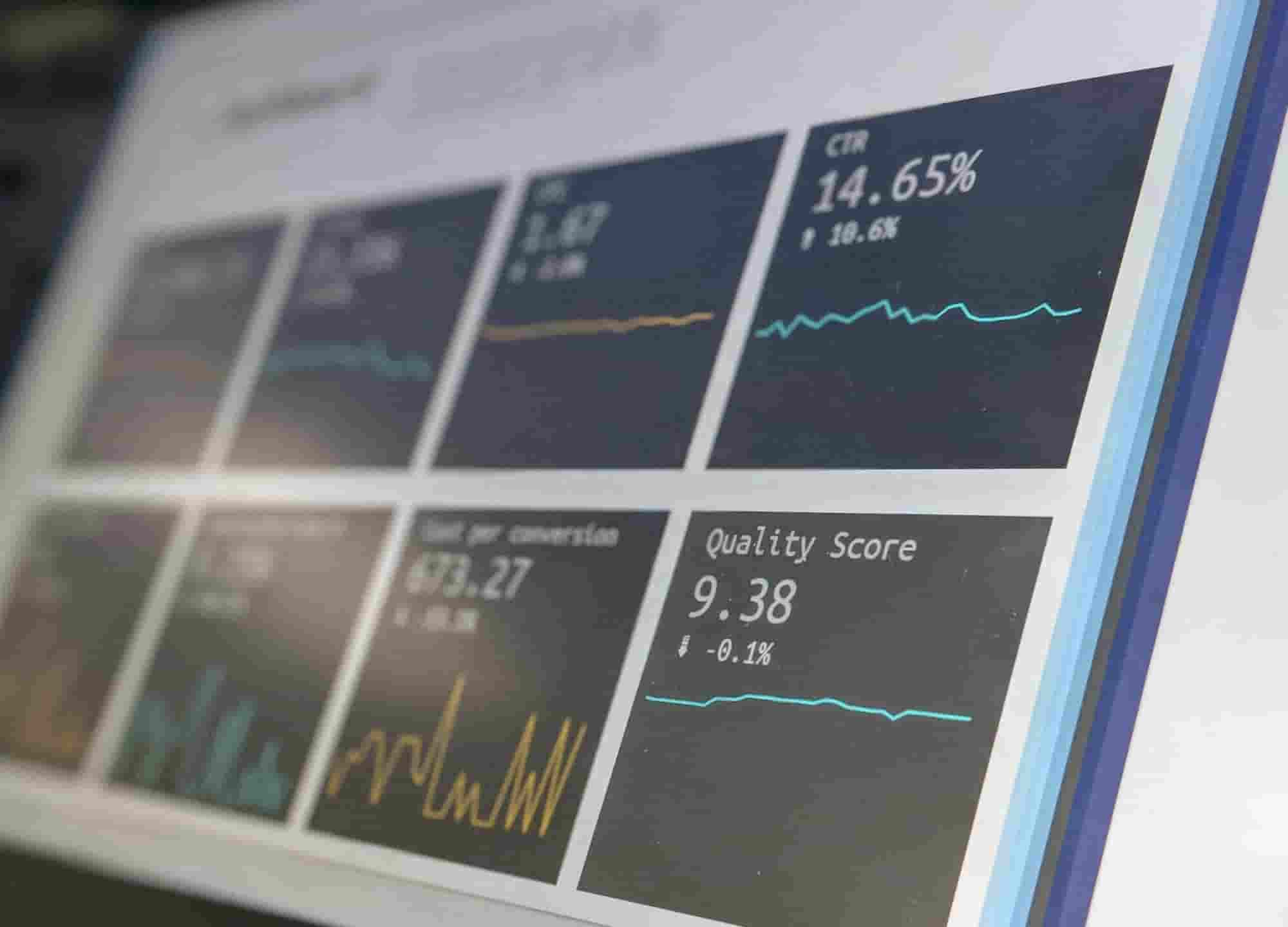
June 5, 2023 was a day that the spatial computing world had been waiting for. Apple CEO Tim Cook took the stage at Apple’s annual WWDC event in Cupertino, CA to finally reveal the iconic company’s first attempt at a headworn AR device. The Vision Pro was born – the most powerful computing device Apple has built to date, and the most advanced AR headset the world has yet seen.
But despite those accomplishments, public reaction was mixed. We saw standard snickers from Apple haters and fanboys alike. The device is too bulky, doesn’t offer a compelling use case, and is way too expensive, were common refrains. That last complaint has been the most resounding. At $3,500, the price is the equivalent of a used Hyundai. The thinking goes: how will Apple fulfill its historical role in mainstreaming emerging tech if only the wealthy can buy it; and only the most ardent AR enthusiasts will want to?
In the many weeks following Vision Pro’s launch, the trolling and punditry continued, mostly from individuals who haven’t touched the device (more on that in a bit). Breathless editorials proclaimed that Vision Pro is a misguided attempt at AR glasses, and doesn’t represent the future of personal computing. Others proclaimed in certain terms that they won’t be buying the device when it releases in 2024.
But more prominent and powerful than any of these shouts from second-rate Op/Eds is the fact that Apple doesn’t care if they buy Vision Pro… This device is not for them. Rather, it’s Apple’s first play in a long game – a first-generation device meant to demonstrate what’s possible at any cost. Vision Pro will then become better, cheaper and more accessible over several generations, just like the iPhone’s evolutionary path. In other words, Apple is playing a long game.
Back to the breathless reviews from AR noobs, the majority of punditry around Apple Vision Pro has been from individuals who haven’t touched it, as noted, or those who aren’t versed in AR. The latter includes AR’s dynamics on technical and business levels; and historical perspective of what the industry and its players have (or haven’t) accomplished so far. These are important considerations in any analysis of VR hardware. In other words, be wary of assertive punditry from anyone without the above qualifications.
So why should you listen to us? In full disclosure, we haven’t worn Apple Vision Pro (yet). But we do tick the other box noted above: fluency in all-things AR. ARtillery Intelligence – and its sister publication AR Insider – have closely examined AR and the spatial spectrum since 2016. And we’ve been writing about Apple since 2001 as tech journalists and analysts.*
But that alone isn’t enough, given a lack of hands-on perspective with Vision Pro. So to scratch that itch, we’ve included perspectives and insights of trusted industry peers who were fortunate enough to demo the device under Apple’s supervision following its WWDC unveiling. We’ve peppered this report with companion videos of these hands-on reviews.
Otherwise, our analysis will focus on AVP’s market positioning rather than its specs and introductory details, which have been well covered. Among other things, we’ll apply our signature “follow-the-money” approach. This weighs Apple’s financial motivations as a primary consideration in triangulating AVP’s intended road map. We’ll tackle these questions through numbers and narratives, the goal being – as always – to empower you with a knowledge edge.



The fastest and most cost-efficient way to get access to this report is by subscribing to ARtillery PRO. You can also purchase it a la carte.
This report highlights ARtillery Intelligence viewpoints, gathered from its daily in-depth market coverage. To support narratives, data are cited throughout the report. These include ARtillery Intelligence’s original data, as well as that of third parties. Sources are linked or attributed in each case.
For market sizing and forecasting, ARtillery Intelligence follows disciplined best practices, developed and reinforced through its principles’ 18 years in tech-sector research and intelligence. This includes the past 8 years covering AR & VR exclusively, as seen in research reports and daily reporting.
This approach primarily applies a bottom-up forecasting analysis, secondarily vetted against a top-down analysis. Together, confidence is achieved through triangulating figures in a disciplined way. More about our methodology can be seen here, and market-sizing credentials can be seen here.



Unless specified in its stock ownership disclosures, ARtillery Intelligence has no financial stake in the companies mentioned in its reports. The production of this report likewise wasn’t commissioned. With all market sizing, ARtillery Intelligence remains independent of players and practitioners in the sectors it covers, thus mitigating bias in industry revenue calculations and projections. ARtillery Intelligence’s disclosures, stock ownership, and ethics policy can be seen in full here.
Checkout easily and securely.
Ask us anything









